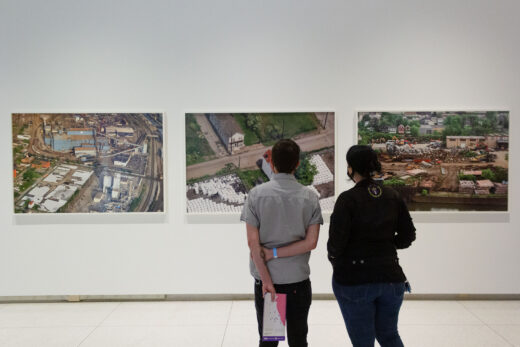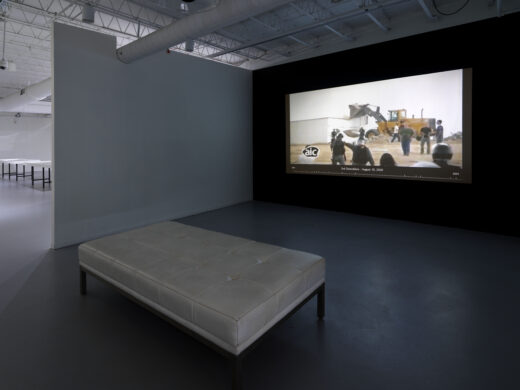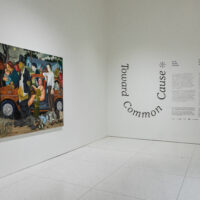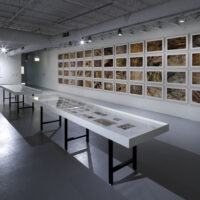LaToya Ruby Frazier
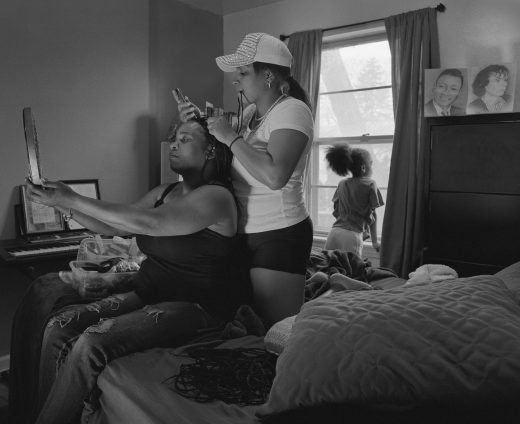
A hallmark of photojournalism is the passivity of its practitioners. These photographers may travel to hard-to-access places and shine a bright light on the injustices they find there, but they do it as witnesses rather than participants. This is why LaToya Ruby Frazier is not a photojournalist or even a documentary photographer, though she does document the world photographically. Frazier is often an active participant in the communities she photographs, with a clear and urgent political motive. She writes: “My position and role as daughter, photographer, and filmmaker transcends the objective practice in classic documentary, which has continuously undermined the Black family experience by avoiding our emotional and psychological realm.”
Frazier grew up in the postindustrial wreckage of America, in Braddock, Pennsylvania. The work that first brought her acclaim, The Notion of Family, features Frazier herself, three generations of Frazier women, and her home and town. Braddock, a majority-Black city, is on the banks of the Monongahela River and is home to Andrew Carnegie’s first steel mill, in operation since 1875, which drew most of the residents, or their ancestors, to Braddock. The city is a near ruin, its people treated with official negligence, as deindustrialization and environmental degradation sucks the lifeblood of the city away. Frazier’s photographs, made cooperatively with the people in them, are both a case study and scream of rage and pain. She describes the project this way: “The collaboration between my family and myself blurs the line between self-portraiture and social document. Utilizing photography and video to navigate dynamics of the roles we play complicates the usual classifications of functional and dysfunctional families.”
Frazier’s work has expanded well beyond the bounds of her hometown, to other hollowed-out working-class cities, and continues to build on the conceptual legacy of documentary photographers. It directly calls out the racism that drives a wealth of ills, including healthcare inequality, poverty, and environmental toxicity. Often, her photographs are presented with texts written in the words of the subject depicted, sometimes with health statistics or other damning records. This agglomeration of qualities—Frazier’s personal participation, the engagement and autonomy of her subjects in their self-presentation, the stark reality of the slow catastrophe of postindustrial life, and clear data—combines to create the beginning of a new movement in photography, one that demands the rights of citizens to live dignified lives as individuals.
